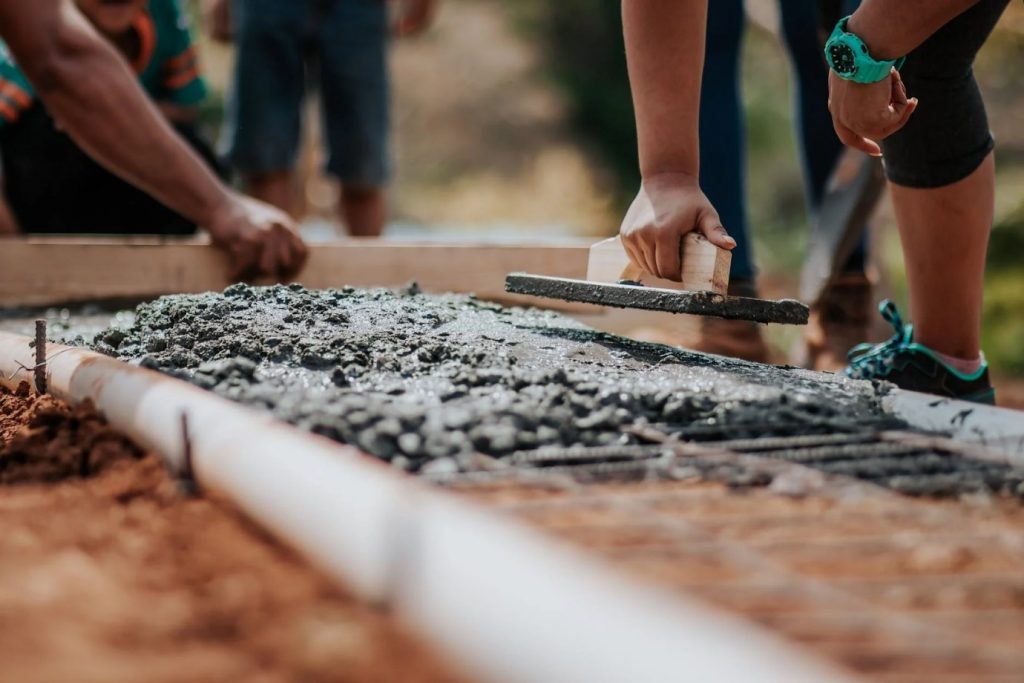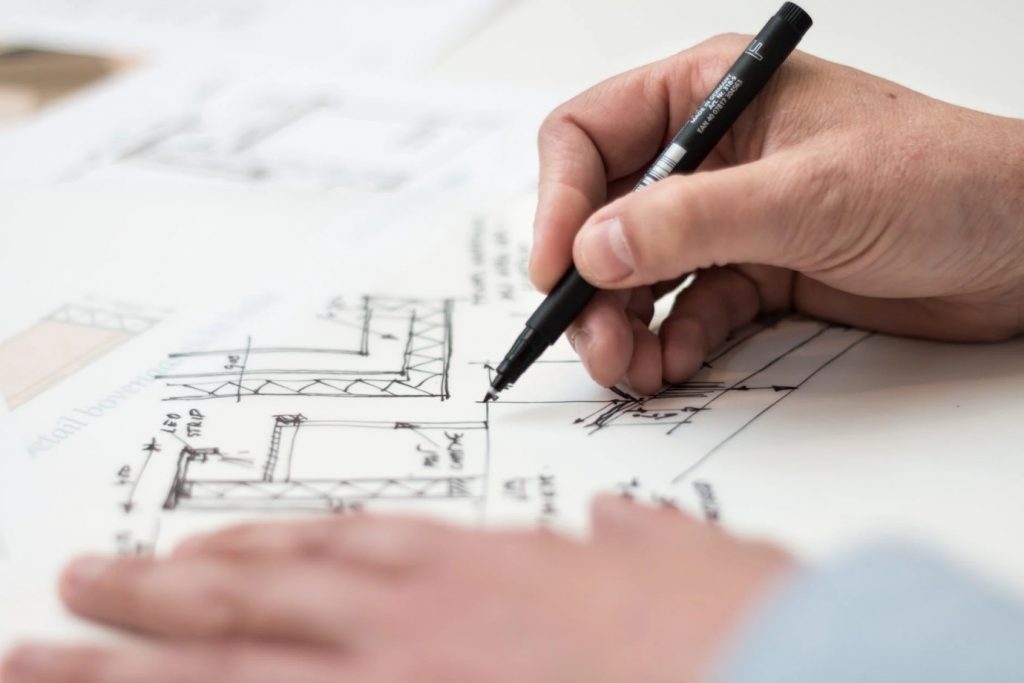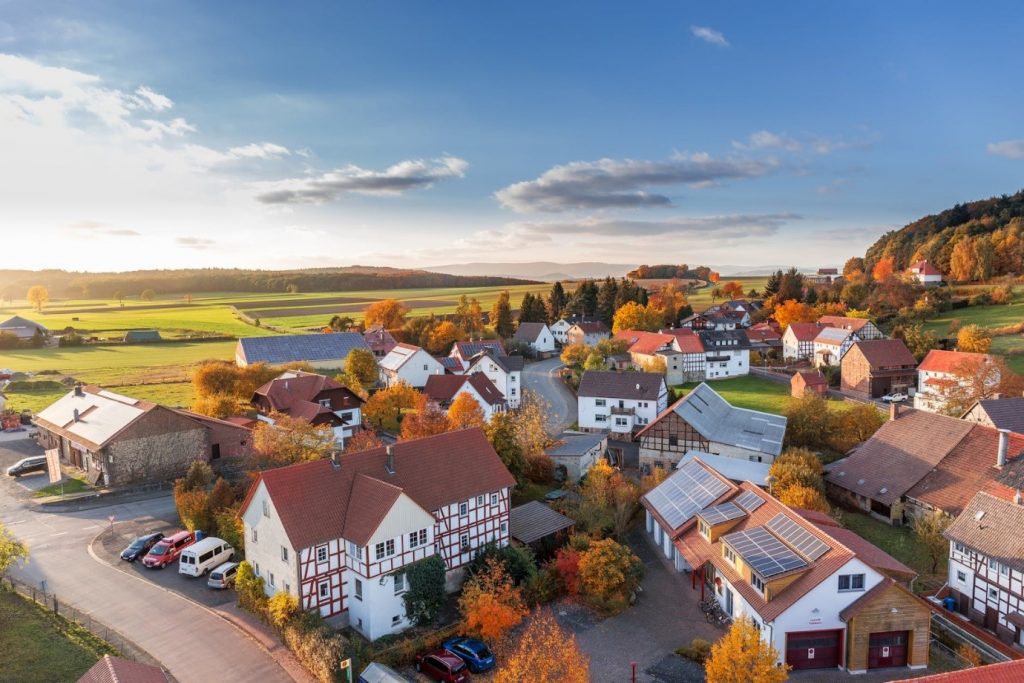
Buying a home is a herculean task. Investing in a home might be one of the biggest decisions you ever make which will impact you financially and personally for years to come.
Committing to a mortgage, choosing a location, and finding a home within your spending limits which works for your family’s needs… It’s no easy task.
One option which is increasingly popular in today’s real estate industry is building a home from scratch. This is an even bigger investment than buying a home, due to the time-consuming nature of building work. However, it could also be one of the best decisions you have ever made.
Despite what you might think in the current environment, new builds are going up everywhere at a rising rate. There are a growing number of people who are taking advantage of their land and dividing it for multiple dwellings.
The ability to build two or more new homes on land you own, living in one and selling the others is helping a lot of people get rid of their mortgage. A growing population is fuelling the demand, despite everything else occurring in the world.
To make the planning and decision phase a little easier for you, here are some factors to consider when researching a custom built home.
The Planning Stage
Unlike buying an existing home, one of the biggest factors of building a custom built home is the planning stages. This is the fundamental stage which implements the rest of the move. The planning stages of a custom-build cannot be rushed; if the plans are not well thought out, it can create major problems down the line. Here are a few of the elements of planning a custom build, explained!
Buying a plot of land
Of course, the first thing you must do when building a home is to find a place to put it. This can be tricky. If you only have a limited number of places you would like to live, you may be waiting a while before a plot of land becomes available which is suitable for your build. The best course of action is to be open minded, and to focus on the quality of the land, rather than exact location.
The alternative, as I mentioned earlier, is to use the land you may already own, with the help of the bank if you still have a mortgage. As new land availability in established suburbs is hard to come by, using what you already have and know is a popular alternative to finding new land. It often tends to be larger and less restrictive to the new land releases as well.

Hiring an architect
Next, you need to work with an architect who can draw up a floorplan of how your home will look when it is built.
You will need to work closely with this architect in order to get across your vision for the home, while listening to their suggestions too. You should research well-reviewed custom home building firms such as Hansen Living, who will deliver on your vision with precision and cooperation.
There are many options out there, so do some research and find someone who understands what you want to achieve, your resources and has a track record of quality outcomes.
Acquiring planning permission
Without this crucial step, your house will never be built. Planning permission is granted by your local council or governing body and gives you the go-ahead to build the home your architect has designed.
Whether or not you are granted planning permission depends entirely on the housing plans you propose, and the area in which you live. Some factors that are considered in the building of a property are wildlife in the area, noise, and overshadowing of other properties.
This is where your choice of architect is important, as they will know and guide you on the best practice to ensure your custom built home can be approved.
Hiring a contractor
For the actual building process, an experienced contractor will be needed to organize and implement the custom build.
Like the architect, you need to find someone who can transform your design and vision into reality. A good builder can make the process a whole lot easier, so make sure again that you do your research. Have a look at some of their other projects, get a feel for what they are good at and whether you feel they can deliver the outcome you want with your build.
A time scale
Building your custom home will take a long time. Patience is key in this process. Once the planning permission is granted, you may have to wait months before building begins. This will all be down to the availability of materials, your contractor’s schedule, and your financial resources.

The Building Stage
Once the planning is laid out to the letter, it’s time to start your build. This is the exciting part – you get to see your dream house come to life!
This stage requires a careful eye and constant attention, to ensure everything possible is being done to make the process as efficient and seamless as physically possible.
The Budget
The building stage can take some time, and usually will experience some hiccups. Just like any long-term project, certain factors such as adverse weather conditions, availability of materials and safety hazards can get in the way of this smooth running operation. In order to prepare for these hiccups to occur, ensure you allow for what we will call ‘slippage’. That’s additional costs and delays that will occur as the build progresses.
If you spend every last dollar executing the building project, you will not be financially prepared for the inevitable hold-ups and re-structuring that take place. The last thing you want is to be left with an almost-finished project, simply because you ran out of money. Discuss with your contractor the potential risks and extras that come with building a custom home from scratch.

The Logistics
While your home is being built, much of your time might be taken up with visiting the property, checking in on the progress and making further plans for the moment you finally move in!
This is very exciting but be prepared to be kept busy by this project. If you have a full-time, stressful job which requires travel or long hours, make sure you have factored this into your plans. It may be useful to take time off work when the project is almost finished, so that you can help implement the finishing touches and move in as soon as possible.
Similarly, you will have to find somewhere to live while your home is being built. If you are placing your current home on the market, and it sells faster than you expected, you might be caught in between homes.
Make sure you have a contingency plan if this happens. It may be helpful to have a storage facility for your furniture, and to have plans in place to stay with friends or family until your new home is ready to go.
Conclusion
A custom built home is a dream come true for many people. Having everything designed specifically for you and your needs is an amazing feeling. The satisfaction is bound to satisfy you and your family for years and years in the future.
While it is a long process which is more complex than buying a pre-built home, a custom house is an investment more and more are considering with the change in dwelling sizes and needs, which you should consider. Especially if it helps relieve mortgage pressure or crystallize the wealth that is being held in your existing home. Prepare, plan, organize, then sit back and enjoy your custom build in peace.
